Sony A6700 vs Fujifilm X-S20: which is best for you?
Two mid-range mirrorless models, but which one makes most sense for hobbyists?
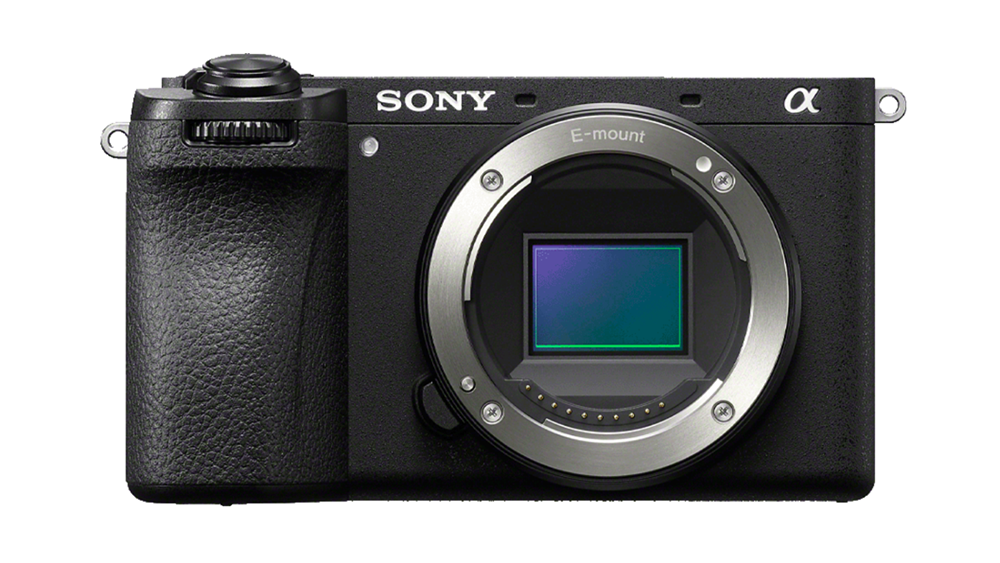
Clever AI autofocus and a compact build makes Sony’s flagship APS-C camera a win for travel.
Pros
- Impressive AI-powered autofocus
- Great handling and physical controls
- Solid battery life
- Large range of lenses
Cons
- Menu system complex for beginners
- IBIS not the best for video
- Heavy 1.6x crop on 4K 120p slow-mo
- Noise creeps in at ISO 6400
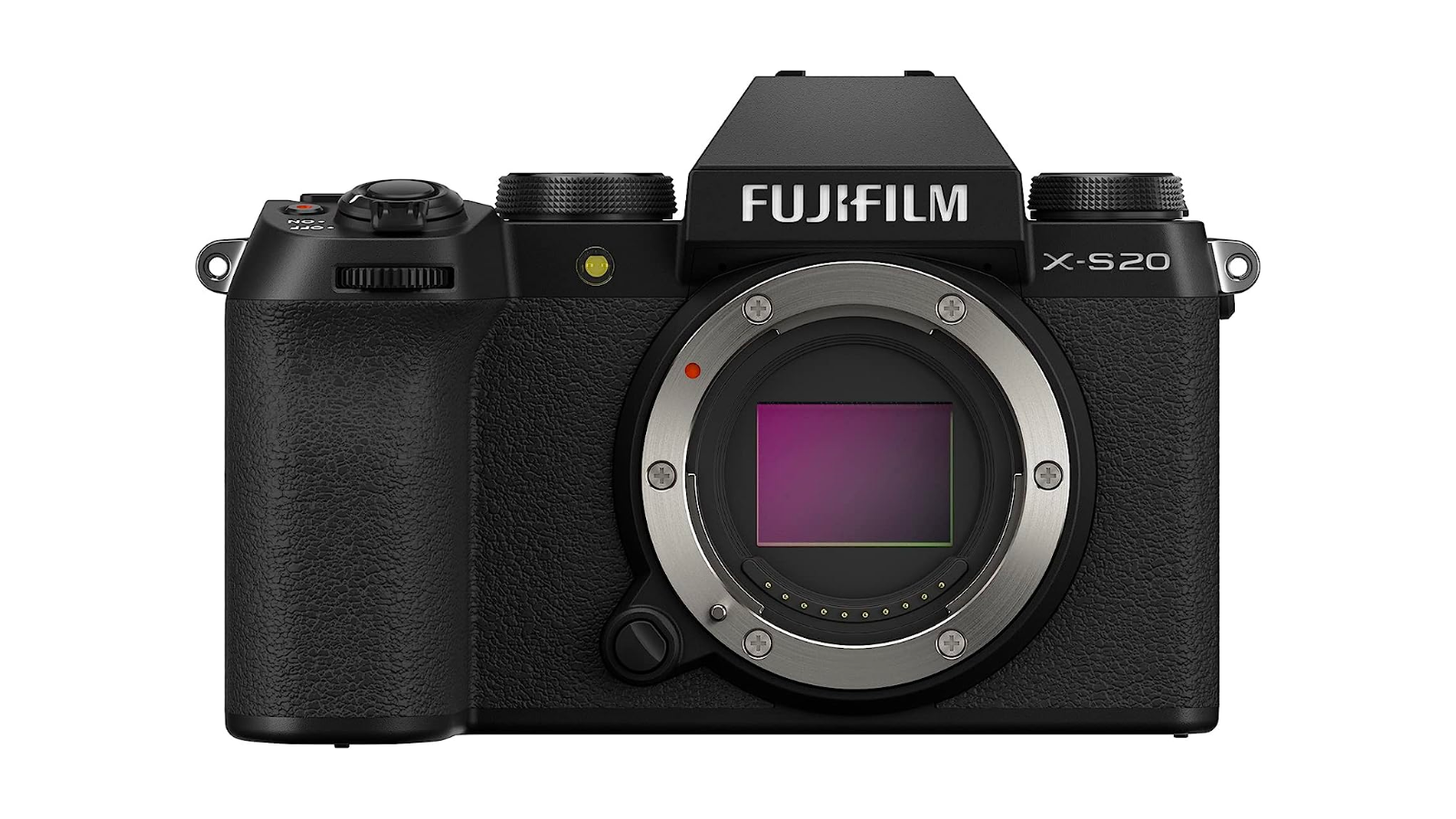
Better video, beginner modes and battery add to all that made the X-S10 a great all-rounder.
Pros
- Super-impressive video features
- Excellent handling for beginners
- Bigger battery capacity
- Film Simulation modes
Cons
- Pricier than its predecessor
- Still no weatherproofing
In a mid-range mirrorless market that’s more crowded than ever, both Sony and Fujifilm continue to vie for the attention of hobbyists. And with advancements in AI-powered autofocus at the heart of the battle, each has recently fielded flagship APS-C hybrids with impressive subject-tracking abilities.
Sony’s contender is the A6700. A long-awaited sequel to the A6600, it retains the compact, travel-friendly proportions of its predecessor, while adding the powerful Real-time Recognition AF system and 759-point phase detection array of the ZV-E1, plus some useful video skills, all of which helped to earn it four stars in our Sony A6700 review. As with previous A-series models, it demands a tidy sum in return.
As for Fujifilm, it re-enters the fray with the X-S20, an update to the already capable X-S10 – a camera that we previously ranked among the best mirrorless cameras overall. Notable improvements for enthusiasts include 6K/30p 4:2:2 10-bit internal recording, while a dedicated vlogging mode is designed to make content creation easier for beginners. It also benefits from a bigger battery, but the drawback is a price hike – although the A6700 remains the costlier option. You can read our early impressions of the camera in our hands-on Fujifilm X-S20 review.
With both cameras fairly evenly matched on paper, and each gunning for supremacy among the mid tier of mirrorless all-rounders, the question is which to pick. In our in-depth comparison below, we’ve put both cameras side by side, assessing their key credentials to help you make an informed decision about which is the best mid-range mirrorless camera for your needs and budget.

Sony A6700 vs Fujifilm X-S20: Price and availability
- Sony A6700: $1,400 / £1,450 / AU$2,499 body-only
- Fujifilm X-S20: $1,299 / £1,249 / AU$2,349 body-only
Sony took the wraps off the A6700 on July 12 2023, together with the new ECM-M1 shotgun microphone. It’s scheduled to hit shelves in August 2023, with a body-only price of $1,400 / £1,450 / AU$2,499.
That’s roughly the same price the Sony A6600 was when it arrived in 2019, although given the upgrades offered by the new edition you’re getting more for the same money. That said, it still makes the A6700 something of a premium option among mid-range mirrorless cameras, particularly next to the Fujifilm X-S20.
Fujifilm announced its X-S10 successor on May 24 2023, followed by a retail rollout in June. It launched alongside a new wide-angle X mount lens, the XF 8mm f/3.5 R WR. For the body only, the X-S20 is priced at $1,299 / £1,249 / AU$2,349. You can also pick it up as part of a kit with Fujifilm’s useful XC 15-45mm lens, which will set you back $1,399 / £1,349 / AU$2,499.
Sign up for breaking news, reviews, opinion, top tech deals, and more.
That represents a significant step up from the cost of the Fujifilm X-S10, which hit the market in 2020 with a more affordable body-only price of $999 / £949 / AU$1,699. The extra outlay does yield a catalogue of new features, mind, and even at its higher price the X-S20 remains a good bit cheaper than the Sony A6700 in most markets; for pretty much the same price as an A6700 body, you can pick up the Fujifilm X-S20 with the lens bundle mentioned above.

Sony A6700 vs Fujifilm X-S20: Sensors
- Sony A6700: 26MP APS-C sensor
- Fujifilm X-S20: 26.1MP APS-C sensor
On specs alone, there’s little to choose between the sensors inside the Sony A6700 and Fujifilm X-S20. Both use APS-C sensors to achieve a balance between portability and performance, measuring 23 x 15.5mm and 23.5 x 15.6mm respectively – which means there’s very little in it on size terms.
It’s a similar story when it comes to outright resolution. The Sony A6700 employs a 26MP Exmor R CMOS sensor which appears to be the same as the one found in the very capable Sony FX30. It also benefits from backside illumination, which promises enhanced low-light performance – although our review found that noise does become an issue when shooting with the A6700 at higher than ISO 6400.
The Fujifilm X-S20 squares up against the A6700 with the same 26.1MP X-Trans CMOS 4 sensor used by both the X-S10 and the X-T4. It's also back-illuminated, and it's a component with proven imaging chops for both stills and video.
The quality of real-world results will to some extent depend on which lens you fix to the front of each camera. Sony’s E mount has the healthiest catalogue of compatible lenses, with some 71 officially listed on Sony’s website, although Fujifilm’s X mount is also widely supported.
In our time shooting with the Sony A6700, we found results from its sensor were broadly crisp, detailed, and showed good dynamic range, even if its metering system has a habit of underexposing in overcast conditions. We’ve had less testing time with the Fujifilm X-S20, but based on our first impressions we’d expect it to hold up well against the APS-C competition. In our review of the Fujifilm X-S10, we called the same sensor “a tried-and-tested performer that’s still the best of its kind”.
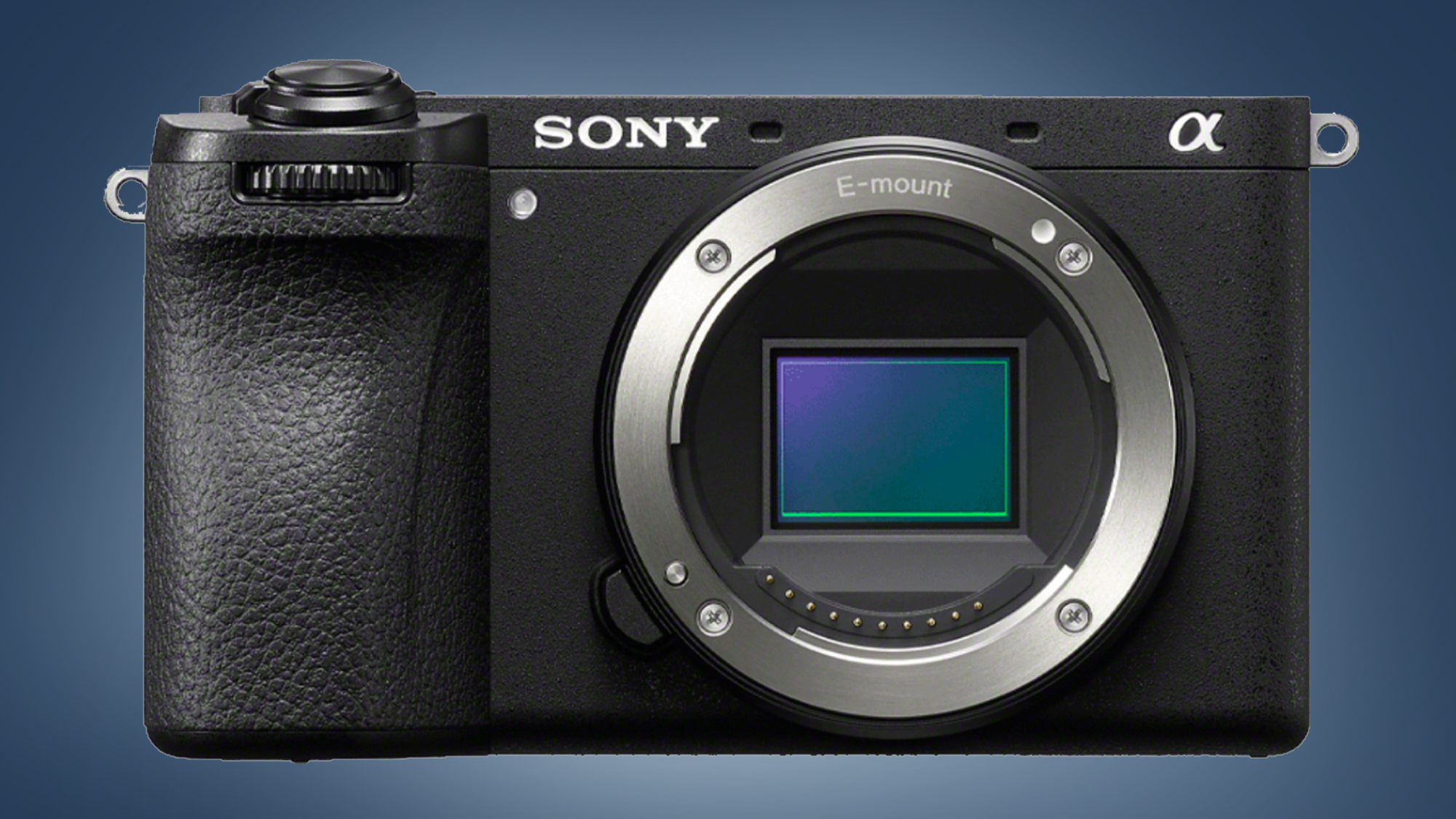
Sony A6700 vs Fujifilm X-S20: Video
- Sony A6700: 4K / 60p and 4K / 120p
- Fujifilm X-S20: 6.2K / 30p and 4K / 60p
Both cameras are marketed as hybrid all-rounders, meaning they should be as reliable for video as for shooting stills.
The Sony A6700 records 4K video at 60fps, with footage oversampled from 6K without pixel binning. There’s a marginal 1.04x crop on that footage, which is minor in comparison to the heavy 1.6x crop applied when shooting slow-motion 4K at 120fps.
The A6700 can also capture 10-bit depth with 4:2:2 color sampling, putting it on a par with its cinematic FX30 and ZV-E1 cousins. It supports a range of color profiles, including S-Log3 and S-Cinetone, as well as the option to upload your own LUTs.
You’ll need a UHS-II SD card to unlock the top video specs of the A6700, but just the one, because it only has a single memory card slot. Another limitation is recording time limits: with no ventilation, we ran into an overheating warning after 38 minutes of recording 4K 60p video in testing.
Besides the autofocus smarts discussed below, the A6700 also benefits from AI-powered auto-framing. Like the ZV-E1, this allows it to automatically crop in on a subject as it moves around the frame, creating the impression that it’s being manually tracked by an operator – ideal for filming solo vlogs.
Image stabilization is also available when recording with the A6700, albeit not when using auto-framing. In any case, our testing found that Active SteadyShot isn’t faultless when it comes to smoothing out footsteps.
The Fujifilm X-S20 offers sharper video capture at 6.2K resolution. Its maximum frame rate is lower at 30fps, but open-gate recording means it uses the entire width and height of the sensor when shooting. Like the A6700, the X-S20 also records 4:2:2 10-bit footage internally, plus you get support for F-Log and F-Log2 for color-grading flexibility. If slow-motion is on the menu, though, you’ll need to drop the resolution down to Full HD, because 4K video tops out at 60fps.
The X-S20 doesn’t have an alternative to the auto-framing smarts of the Sony A6700, but its auto setting can automatically detect and track subjects. Its dedicated vlogging mode also puts useful shooting presets at the fingertips of novice content creators.
With just a single UHS-II slot, it shares the same memory card limitation as the A6700, but is more flexible when it comes to recording limits. The 30-minute cap of the X-S10 has been removed, while the optional FAN-001 cooling add-on unlocks recording times of up to 78 minutes, at least according to Fujifilm.
The image stabilization system on the X-S20 is supposedly effective up to 7.0 stops, trumping the 5.0 stops offered by the Sony A6700. How this fares in practice will be something to test in our full review, but the X-S20 has the edge on paper.
As you’d expect from modern hybrids, both cameras support H.265 high-efficiency video coding.
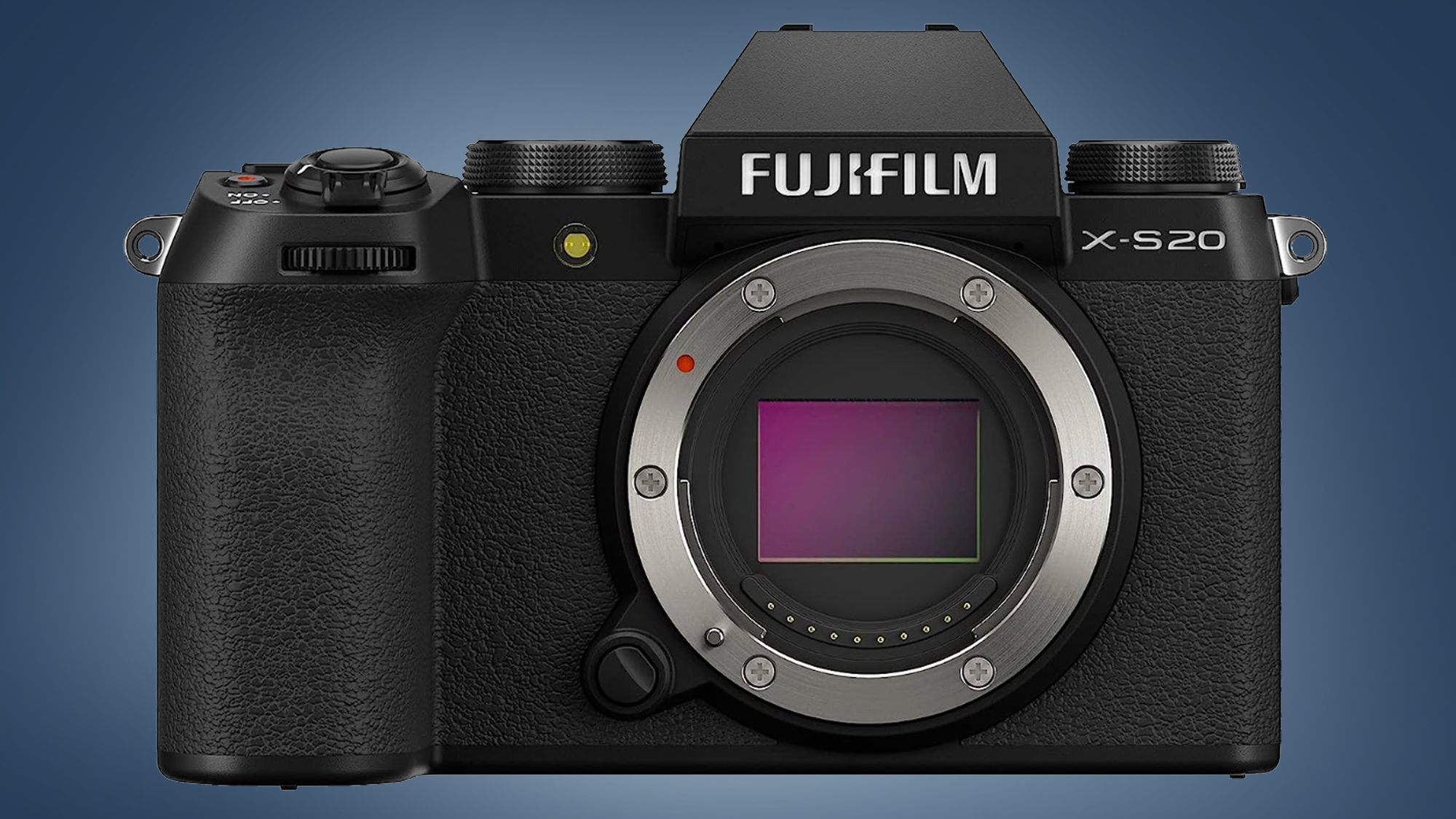
Sony A6700 vs Fujifilm X-S20: Build & weight
- Sony A6700: 493g, 2.36m-dot EVF, 3-inch vari-angle touchscreen
- Fujifilm X-S20: 491g, 2.36m-dot EVF, 3-inch vari-angle touchscreen
Image quality is one thing, but how a camera handles is quite another. The Sony A6700 and the Fujifilm X-S20 are two APS-C cameras that take quite different approaches to design, build and handling. Yes, both weigh about the same with battery and memory card inserted (493g vs 491g). Yes, both use 2.36m-dot electronic viewfinders. And, yes, both feature useful 3-inch vari-angle touchscreen displays. But physically these are unique cameras.
Very much in the mould of the A6600 before it, the Sony A6700 adopts a neatly packaged approach with compact proportions. It features few of the design flourishes that make the Fujifilm X-S20 such a looker, instead opting for a streamlined, flat-sided design that’s easier to travel with.
Direct-access controls have been refined, with new front and mode dials, plus several customizable buttons. It also benefits from a deeper grip for more ergonomic handling, even if the left-sided viewfinder won’t be to every taste. Physically, we found it a nice camera to operate in our review. Its pronounced thumb rest requires some reaching around, but inputs are thoughtfully placed on the whole. In testing, we described it as a well-built camera that “you could trust to take a few knocks on your travels”.
We were less impressed with other aspects of the user experience. Even with an updated structure, the menu system on the Sony A6700 is still unnecessarily complex, with headline features buried several levels deep. Unlike the A6600, it does at lest benefit from a full touchscreen, allowing you to swipe from the sides to reveal rows of shortcuts.
In contrast, the Fujifilm X-S20 apes the chunky retro design of the X-S10. That means you get a well-balanced camera with a deep grip that feels great in the hand. It’s some 16mm taller than the A6700, in large part thanks to the angular viewfinder hump. While that makes it less pocketable, its central position will probably feel more natural to a lot of users.
With just two dials on its top plate, the X-S20 has fewer than other X-series models. That said, it suffers from no shortage of direct-access controls; there’s no D-pad, but the presence of an AF joystick will be welcomed by many, and our first impressions revealed that if offers good feedback when navigating the menu system or selecting a focus point.
It’s a camera that handles well and, thanks to a magnesium alloy build, one that feels premium. Where it loses out to the A6700, though, is weather sealing. Despite the price increase, the X-S20 is still exposed to the elements.
As for connectivity, both cameras feature USB-C and Micro HDMI ports, as well as microphone and headphone slots to bolster their vlogging credentials.
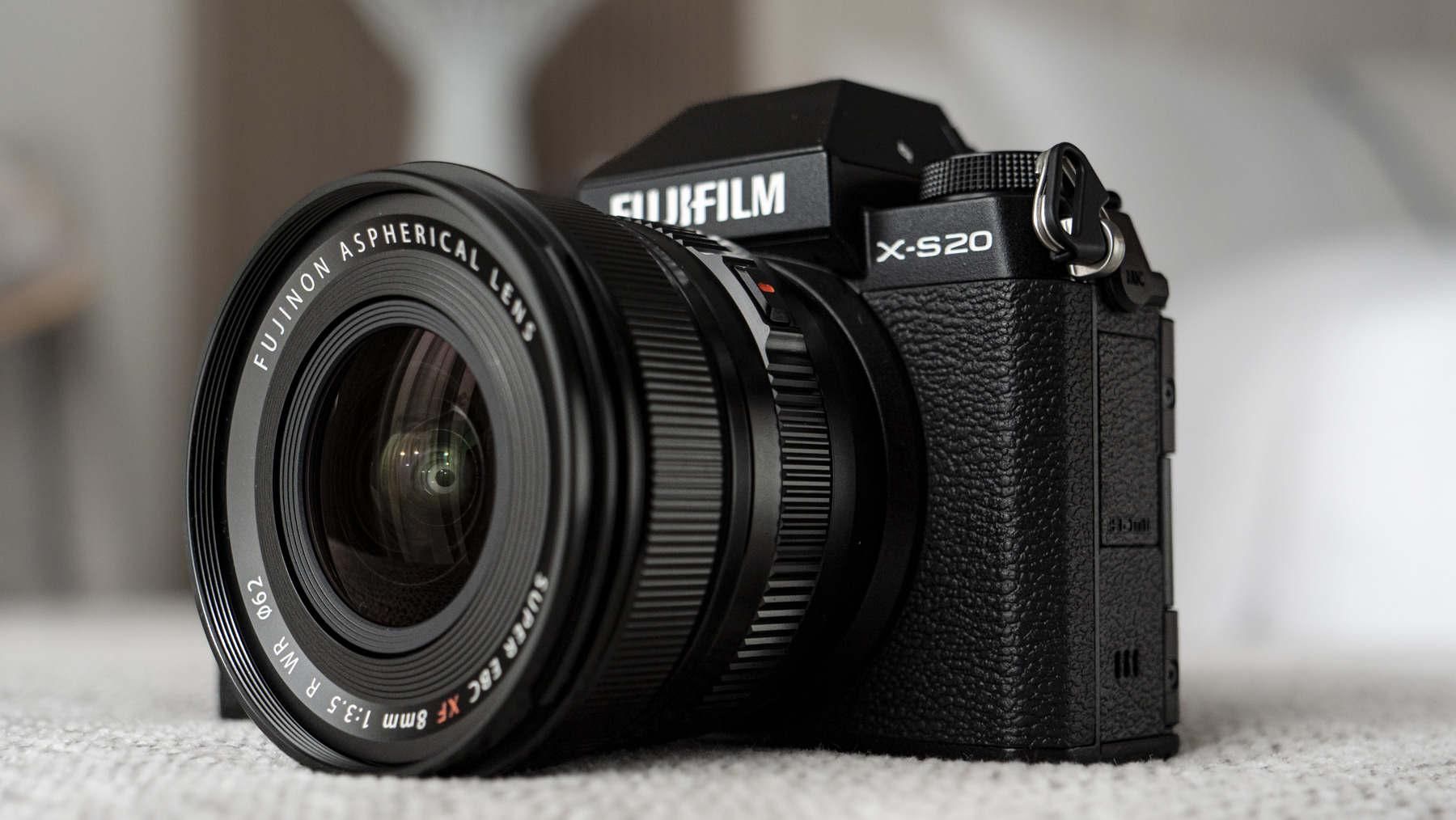
Sony A6700 vs Fujifilm X-S20: Additional features
- Sony A6700: 759-point hybrid phase / contrast detection AF
- Fujifilm X-S20: 425-point hybrid phase / contrast detection AF
In terms of performance, the Sony A6700 is a flagship camera in compact packaging. Powered by the same Bionz XR processor as the Sony A7R V and ZV-E1, its Real-time Recognition AF system can quickly and accurately recognize and track a range of targets across 759 detection points.
With AI in its corner, the system proved incredibly effective in our tests, locking on to subjects with sticky precision. You do have to pre-select your target from a set list of categories, but assuming that you’re shooting a person, animal, insect, car, train or plane, it offers best-in-class tracking. You can also touch on the screen to select an object to track, with similarly accurate results.
That’s backed up by image stabilization that routinely delivers sharp stills when shooting handheld, plus mechanical burst shooting that’s competitive at 11fps. Battery life is similarly strong, courtesy of Sony’s FZ-100 cell inside.
In comparison, the X-S20 harnesses Fujifilm’s latest-gen X-Processor 5 for fast, efficient performance, complete with AI smarts of its own. Deploying deep-learning technology for the automatic detection of both scenes and subjects, it can recognize people, animals, cars, motorbikes, trains and drones.
Based on initial feedback, scene detection is more effective on the Fujifilm X-S20 than subject tracking. Our first trial found it hit and miss when trying to capture two dogs playing, although we'll need to test it further before we can fully evaluate it. Where the A6700 does clearly have the upper hand is the number of AF detection points, with 759 as against the X-S20’s 459-point hybrid array.
As above, the Fujifilm X-S20 offers up to seven stops of image stabilization, versus five on the A6700. It also gets the NP-W235 battery pack from Fujifilm’s medium-format range, helping to bolster battery life. Mechanical burst speeds are slower than the A6700 at 8fps, but the electronic shutter can capture JPEG stills at up to 30fps, albeit with a 1.25x crop.
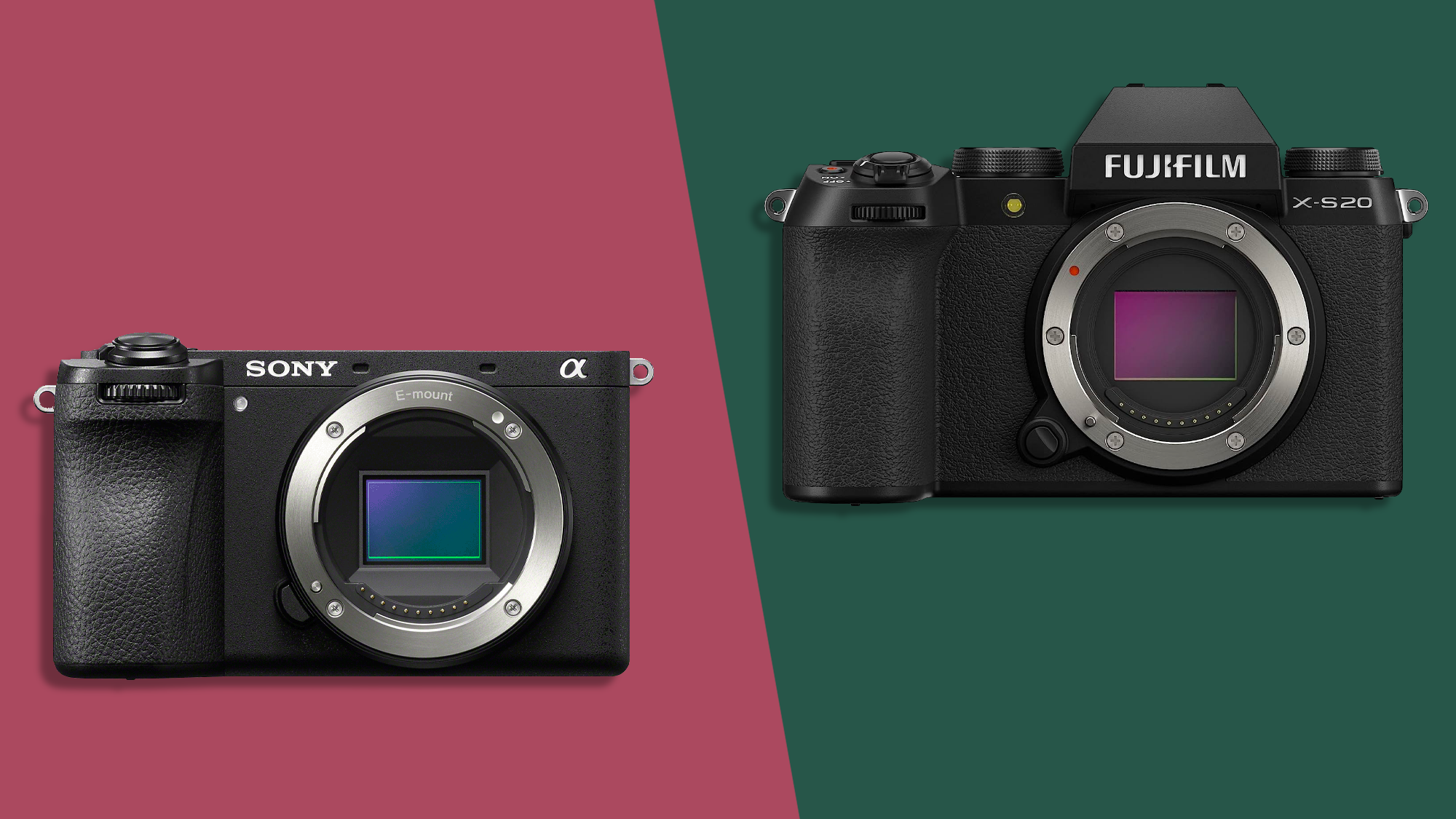
Which one should I buy?
At a glance, the Sony A6700 and Fujifilm X-S20 are very similar cameras. Both are mid-range APS-C models that offer good handling, almost identical resolutions, and impressive performance that utilizes the power of AI autofocus.
However, the comparison is not quite so simple. In many ways, the Sony A6700 is the more compelling proposition. It puts flagship, AI-driven performance in a chassis that’s weather-sealed and compact enough for travel, and it’s also the winner when it comes to lens compatibility. But it’s priced at a point that pitches it closer to serious enthusiast cameras, such as the Fujifilm X-T5. As was recently posited in an opinion piece, for that kind of money, it would perhaps be fair to expect a larger, more ergonomic design, a higher-resolution sensor, or features such as twin card slots.
Of course, it’s possible to pick a side on several points. The X-S20 shoots sharper video overall, but the A6700 shoots sharper slow-motion. The X-S20 offers more stops of image stabilization, but the A6700 has more effective subject tracking based on our early testing. There’s also a lot to be said for investment in a system of lenses and accessories; if you’re already a Fuji or Sony user, there’s probably not enough between the two models to warrant a brand switch.
But if you’re looking to buy a new mid-range mirrorless camera without the baggage of prior brand loyalty, there’s enough here to suggest that the Fujifilm X-S20 could be the better-value hybrid proposition for hobbyists. Even with its increased cost compared to the X-S10, it remains less expensive than the Sony, yet broadly matches it for image quality and core performance, while also delivering the kind of design and handling favored by many enthusiasts.

For more than a decade, Chris has been finding and featuring the best kit you can carry. When he's not writing about his favourite things for Stuff, you'll find Chris field-testing the latest gear for TechRadar. From cameras to classic cars, he appreciates anything that gets better with age.